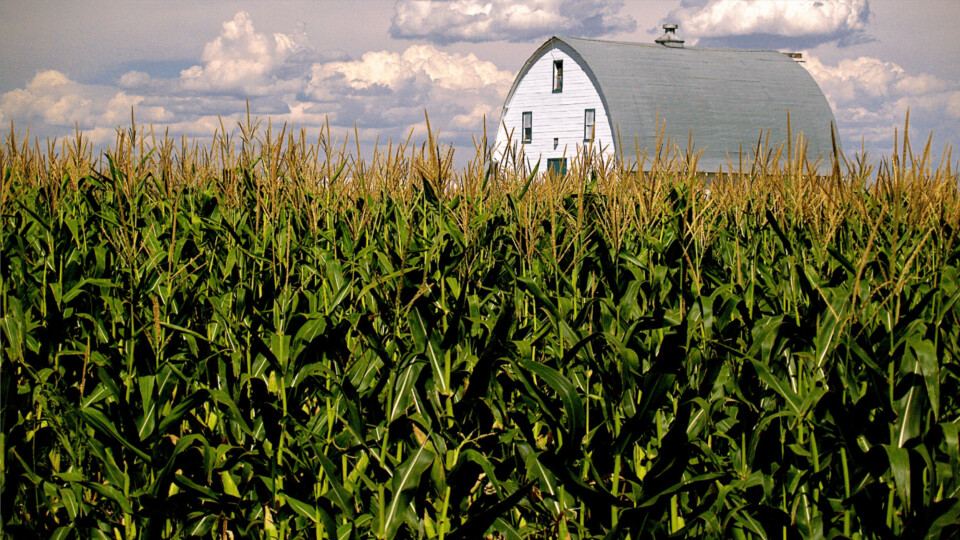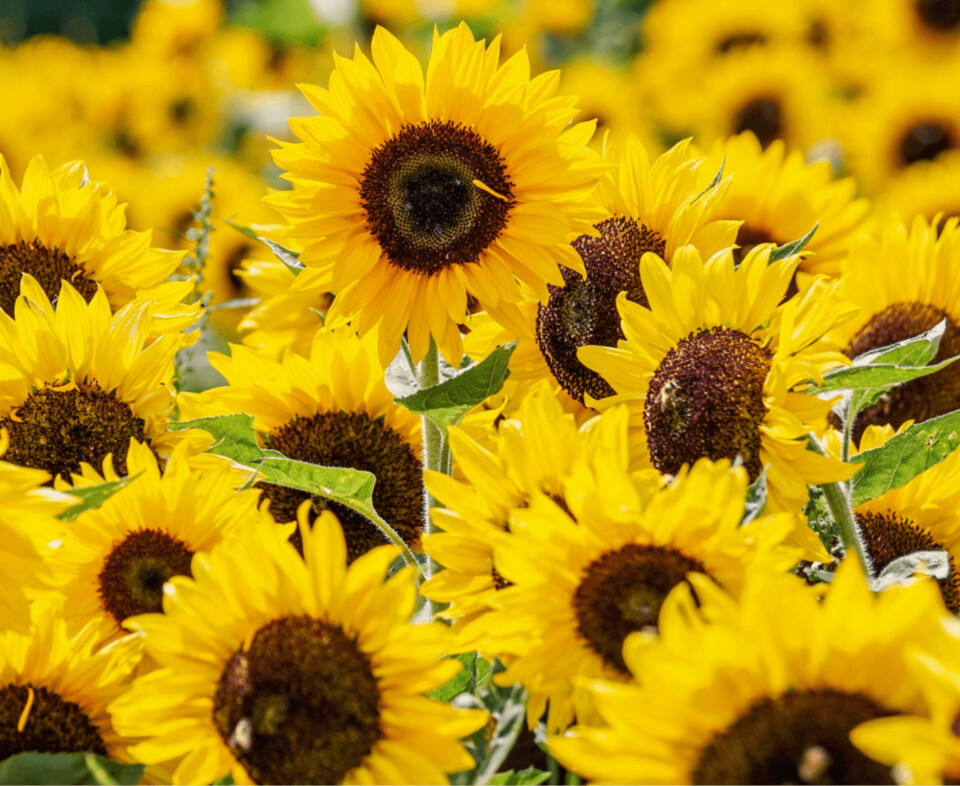
Field of dreams: can corn provide a cheaper fish feed?
Norwegian aquafeed producer Polarfeed AS is planning a series of commercial-scale demonstration trials to vet the suitability of biorefined corn (maize) protein and sunflower oil as potential low-cost ingredients for salmon feed.
Corn and corn derivatives have not been used extensively in salmon feeds, as corn has a low protein content, high starch content, and unbalanced amino acid profile. But it is also cheap and plentiful and can be upgraded to produce a protein-dense, highly digestible feed ingredient suitable for salmon.
Polarfeed is working with United States company Green Plains Inc., one of the world’s largest biorefinery companies, to develop suitable feed ingredients for salmon. The feed company said results available to date suggest that these ingredients can be used to spare fish meal, soy protein concentrate, and other costly protein sources in salmon feeds.

Sunflower oil
Polarfeed is also planning to explore the use of sunflower oil as a plentiful and cheap lipid (fat) source in salmon feeds. Annual sunflower oil production volumes exceed 20 million tonnes and the price has been declining for the last decade, with the current cost far below that of fish oil, the traditional ‘gold standard’ of feed ingredients.
Unlike fish meal and fish oil, sunflower oil doesn’t contain long-chain polyunsaturated fatty acids (LC-PUFA) such as EPA, DHA and other omega-3s. But it is very high in monounsaturated fatty acids (MUFA) and saturated fatty acids (SFA), which recent research has shown are well utilised by salmon and other coldwater species.
In an article reproduced in the current edition of Fish Farming Expert magazine, experts from Polarfeed and its sister company, STIM, say that fish readily accept a wide variety of fats and oils, and that as long as their essential fatty acid requirements are met, growth and survival are generally unaffected by dietary lipid source.

‘Disrupting the paradigm’
The problem with adopting non-fish oils has been those feeds containing less fish oil yield salmon that contain fewer omega-3s and are less nutritionally valuable to the consumer.
“However, there are ways to disrupt this paradigm and reduce fish oil levels substantially without incurring the usual losses of beneficial omega-3s in farmed salmon,” write the authors.
They add that feeds containing mostly SFA and MUFA do not distort fish tissues to the same extent as those containing mostly C18 PUFA such as linoleic and linolenic acid. Sunflower oil is low in C18 PUFA.
Tissue profiles
“In fact, feeding SFA-rich lipids commonly results in tissue profiles that are nearly identical to those of fish fed fish oil,” write the authors. “The so-called ‘omega-3 sparing effect’ of SFA- and MUFA-rich feeds is thought to be related to selective catabolism of SFA and MUFA and reduced competition between LC-PUFA and C18 PUFA for tissue deposition, resulting in more efficient diet-to-tissue transfer of EPA, DHA, and other LC-PUFA.
“Regardless of the underlying mechanisms, by selecting alternative lipids that are high in SFA and MUFA and low in C18 PUFA, the omega-3 sparing effect can be strategically induced to support greater and more effective fish oil replacement.”
Search will go on
The authors say the salmon farming industry needs additional feed resources and that the search for new feed inputs is ongoing and is unlikely to stop.
“In addition to materials like MSC ingredients and sunflower oil, Polarfeed is (re)examining other feeding strategies and ingredients that are suited to the nutritional biology of salmon and the logistical needs of aquafeed manufacturing and salmon farming,” write the authors.
“Seafood processing-derived fish meals and oils, terrestrial animal proteins and fats, and other ingredients are being assessed for their functional feeding value, as well as formulations with rebalanced macronutrient composition to maximise growth.”
Read Polarfeed’s article, ‘Perfect’ is not the enemy of ‘good’: the importance of pragmatism in sourcing aquafeed inputs, here.




















































